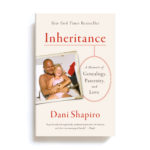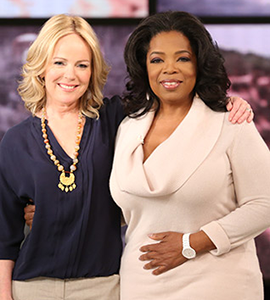Lost and Found
Janet Hobhouse had published a few novels before The Furies, and she had something of a presence as a critic in the 1980’s art world, but she was more of a figure than a writer in those years. Ask anyone who knew her and they comment on her beauty, her almost scary charm, her incisive wit. Ahh, Janet. They grow misty eyed, and then stutter to a halt. If pressed, they mention her marriage, or the break-up of her marriage, or her affair with a very famous American man of letters. They talk about her loft, her skin, the color of her eyes. But what they don’t talk about is her work itself—they don’t mention the early novels because they aren’t really worth mentioning; and they don’t talk about The Furies, because it is the novel Hobouse wrote while she was dying, of ovarian cancer, at the age of forty-three. Ahh, Janet. Too painful to be read. But still, they’re curious. Is he in it? they’ll ask of the famous American man of letters. As if, to the end, Hobhouse’s outsized romantic life was more important, or more interesting, than the work she left behind.
As it happens, The Furies is a masterpiece. Billed as a novel when it was published, it reads more like memoir. One flips to the stamp-sized author photo on the back flap and searches the planes of the face there for clues. Reading the book, one falls into the branches of a family tree so complicated that it requires a map—and Hobhouse provides just that on the thirty-fifth page, a diagram in the shape of an egg, of all things. An egg-shaped guide to a matriarchy, the family tree of the author, who herself will be dead of cancer of the egg before the book is completed.
The Furies is written from a place of no fear. No fear, at least, of judgement, either from the people depicted within its pages, or from anonymous readers. Judge me if you can, the book seems to be saying. Judge me if you dare. It is the story of Hobhouse—her history, her impoverished New York City childhood with her crazy, beautiful mother, her years at Oxford, her life in London and New York, her marriage and its betrayals, and yes, of course the famous American man of letters. It is the story of her mother’s suicide, of a series of fateful accidents which would seem like just too much if they were piled onto the fragile arc of a novel, which, after all, can handle only so much tragedy—but because we are led to believe this is true, all of it, all we can do is shake our heads in sadness and disbelief. Bad things happen and keep happening. Suicide isn’t a hedge against fire. Fire doesn’t protect you from theft. And suicide, fire, theft, divorce, heartbreak do not stop you from dying far too young.
But it isn’t the crash-and-burn value of The Furies that makes it great. It’s the kinetic, intelligent prose that gallops across its pages as if the writer is writing for her life. “I finish my novel while the snow falls on the skylights. I am working day and night now in the artificial light, the daylight blocked by snowfall. I am in my own darkness, pushing like a mole, harder and harder as though something is hurrying me on. Never have I worked so fast. Something is chasing me. I feel it at my back and in the dark weight of snow overhead, and I’m so busy staying ahead and away from it I haven’t time to be curious what it is.” (258)
Read The Furies for the intricate, crumbling beauty of its prose. Read it for it’s excavation of a complex and damaged family. Read it for the courage of it’s author, who faced down her demons until the end. Read it for the ellipses inserted by the publisher where Hobhouse wasn’t quite finished. Never before have ellipses been so eloquent. Hell, even read it to figure out the identity of the famous American man of letters. (It’s not hard.) But more than any other reason, read it to see how, like Exley’s A Fan’s Notes, a book itself can be the ultimate redemption of it’s author’s life.


















